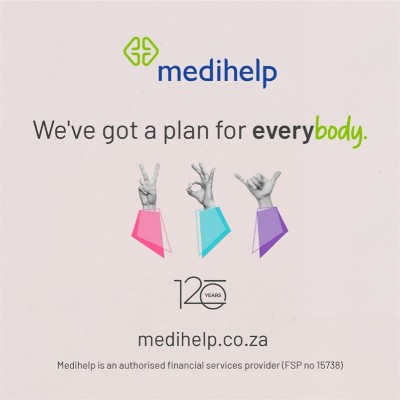We publish below extracts from a document recently published by the Regulator aimed at regulating “advertisements, brochures and similar communications”.
A Draft Information Letter, providing guidance to long-term and short-term insurers on the interpretation and application of section 4(3)1 of the Long-term Insurance Act No. 52 of 1998 and the Short-term Insurance Act No. 53 of 1998 (“the Acts”), respectively, was recently published by the FSB. The aim is to ensure that the publishing or issuing of advertisements, brochures or similar communications relating to the business of insurers or to long-term insurance or short-term insurance policies are not misleading, contrary to the public interest or contain incorrect statements of fact.
The Information Letter reflects the manner in which the Registrar will apply section 4(3) of the respective Acts.
For purposes of the Information Letter, any word or expression to which a meaning has been assigned in the Acts has the meaning so assigned to it, and “advertisement, brochure or similar communication” means any direct or indirect visual or oral communication transmitted by any medium, or any representation or reference written, inscribed, recorded, encoded upon or embedded within any medium, by any means of which a person seeks to create public interest in policies or in the business of an insurer, or to induce the public to purchase, increase, modify, reinstate, surrender, replace or retain a policy including (but not limited to) printed and published material, audio-visual material, and descriptive literature of an insurer used in direct mail, newspapers, magazines, radio and television script, billboards or similar displays, or web sites and social media.
General Principles
Factually correct
Advertisements, brochures or similar communications must be accurate. If statistics, achievements or awards are referenced in advertisements, brochures or similar communications the source of the statistics must be disclosed and dated.
Not misleading
- Advertisements, brochures or similar communications must provide a balanced presentation of key information to potential policyholders. Descriptions should not exaggerate benefits and must clearly include key limitations, risks and costs. Limitations must be clearly defined and should not be worded positively to imply a benefit.
- Advertisements, brochures or similar communications should use plain and understandable language. Terms must be defined if the average potential policyholder could misunderstand them.
- Any advertisements, brochures or similar communications, when examined as a whole, must not be constructed in such a way as to lead a potential policyholder to any false conclusions they might reasonably rely upon. Any conclusion likely to be made should be based on the literal meaning of the words, impressions from nonverbal portions of the advertisement (e.g. pictures, charts, or diagrams), and from materials and descriptions omitted from the advertisement.
- The physical presentation of advertisements, brochures or similar communications must not obscure information. Each piece of information should be prominent enough and proximate enough to other information so as not to mislead an average potential policyholder.
- Advertisements, brochures or similar communications must not be designed to exacerbate or imply the need for urgency which could encourage potential policyholders to make decisions that are not in their interests.
- Advertisements, brochures or similar communications that refer to a benefit value (including a bonus value) that is payable on the expiry of a period that is more than five years into the future must also express the value of the benefit in present value terms, utilising reasonable assumptions on inflation.
- Advertisements, brochures or similar communications must indicate whether or not premiums for life insurance risk policies are guaranteed, and if guaranteed, for which term / period.
Public interest
Advertisements, brochures or similar communications must not ridicule or criticise other insurers, policies or marketing methods.
Identification of insurer
- Advertisements, brochures or similar communications of a policy must clearly and prominently identify the relevant insurer.
- Advertisements, brochures or similar communications should not use the group or parent company name of an insurer to create the impression that any entity other than the insurer is financially liable under a policy.
Preventative and remedial measures
Before an insurer or intermediary promotes an insurance product, it must take reasonable measures to ensure that the information provided is not misleading, contrary to the public interest or contain incorrect statements of fact. Ideally, measures should provide for an independent review of advertising materials and other communications intended for potential policyholders other than by the person that prepared or designed them.
If, subsequently, an insurer becomes aware that the information provided is not accurate and clear or is misleading, it should withdraw the information and notify any person that it knows relied or is relying on the information as soon as reasonably practicable.
Product Specific Guidelines
The draft letter contains a substantial number of additional guidelines relating to investment business as well as current practices which it wants to address. The following will be of interest to many readers:
Cash-back bonuses
Advertisements, brochures or similar communications that reference cash-back bonuses must not create the impression that the bonus is free and must adequately disclose the impact that the cash-back bonus feature has on the premium, unless the impact is “negligible”. This last word is defined as meaning that the cost of providing for the cash-back bonus comprises less than 10% of the total premiums.
The closing date for comments on the draft Information is 28 February 2014.
Please address it to FSB.INSAdvertisements@fsb.co.za
Please click here to download the Draft Information Letter.




